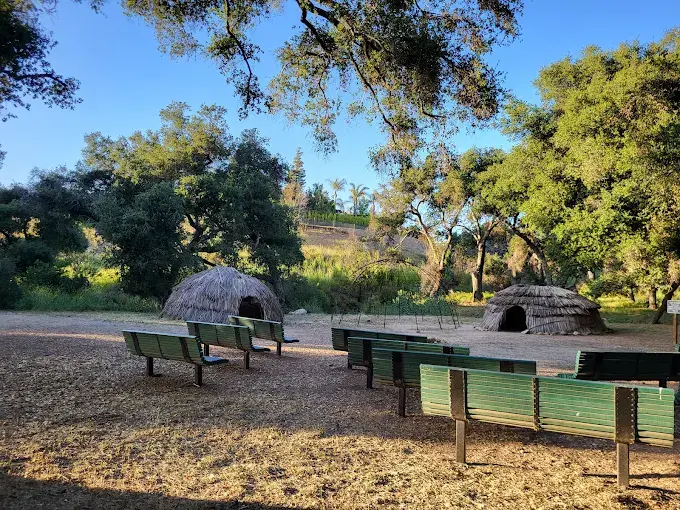
Nestled in the scenic hills of Thousand Oaks, the Chumash Indian Museum serves as a pivotal cultural repository, illuminating the sophisticated heritage of the Chumash people. The museum not only presents an array of artifacts that span centuries but also offers a dynamic, sensory experience through its meticulously reconstructed Chumash village. Here, one can witness the integration of traditional Chumash maritime technologies and their sustainable practices with the natural world. As one explores the exhibits, from artisan crafts to ancestral storytelling, a question emerges: how have these enduring traditions influenced contemporary cultural and environmental practices? This query invites further exploration into the profound legacy of the Chumash.
Discovering Chumash Culture in Thousand Oaks, CA
How did the Chumash people shape their unique cultural identity within the diverse landscape of Southern California?
The Chumash, originally spread across coastal regions from Malibu to Paso Robles, developed a rich cultural tapestry deeply woven with the natural elements surrounding them. Their identity was closely linked to the ocean and the land, which not only provided sustenance but also shaped their spiritual and communal practices.
Expertly crafted tomols (plank canoes) symbolize the Chumash’s advanced understanding of maritime technology, facilitating trade and communication among different Chumash communities along the coast. This network not only strengthened social bonds but also enriched their cultural practices, as materials and spiritual ideologies were exchanged.
On land, the Chumash were equally adept. Their use of natural resources extended to constructing homes from willow branches and utilizing local stones for tools and ceremonial objects.
The environment was a canvas, on which the Chumash painted their cultural narratives, seen vividly in their rock art that still whispers the tales of their cosmology and societal structures.
In essence, the Chumash’s unique cultural identity was a harmonious blend of innovation, environmental integration, and expressive storytelling, which continues to resonate within the community seeking a connection to this profound heritage.
Interactive Exhibits and Activities
The Chumash Indian Museum offers a variety of interactive exhibits and activities designed to immerse visitors in the rich history and culture of the Chumash people. By engaging directly with the artifacts and participating in hands-on activities, visitors of all ages gain a deeper understanding and appreciation for the Chumash community, fostering a sense of belonging and connection to this indigenous heritage.
One standout exhibit allows visitors to try their hand at traditional Chumash crafts, such as basket weaving and beadwork, under the guidance of skilled artisans from the community. This tactile experience not only educates but also connects individuals with the meticulous artistry that has been passed down through generations.
Additionally, the museum hosts interactive storytelling sessions where tribal elders share ancient legends and personal stories, enveloping listeners in the oral traditions that are a cornerstone of Chumash culture.
Outdoor activities include guided tours of the reconstructed Chumash village on the museum grounds. Here, visitors can explore traditional ‘ap’s (dwellings) and learn about the indigenous plants used by the Chumash people for food, medicine, and tool-making. These immersive experiences are designed to inspire respect for the environment and a lasting connection to Chumash traditions.
In conclusion, the Chumash Indian Museum in Thousand Oaks serves as a vibrant cultural tapestry, weaving together the rich threads of Chumash heritage through its educational exhibits and engaging activities.
This institution not only preserves the intricate history of the Chumash people but also breathes life into their ancestral wisdom and traditions, ensuring their legacy continues to enlighten and inspire generations.
Visitors leave with a profound appreciation of the Chumash’s harmonious relationship with both land and sea.